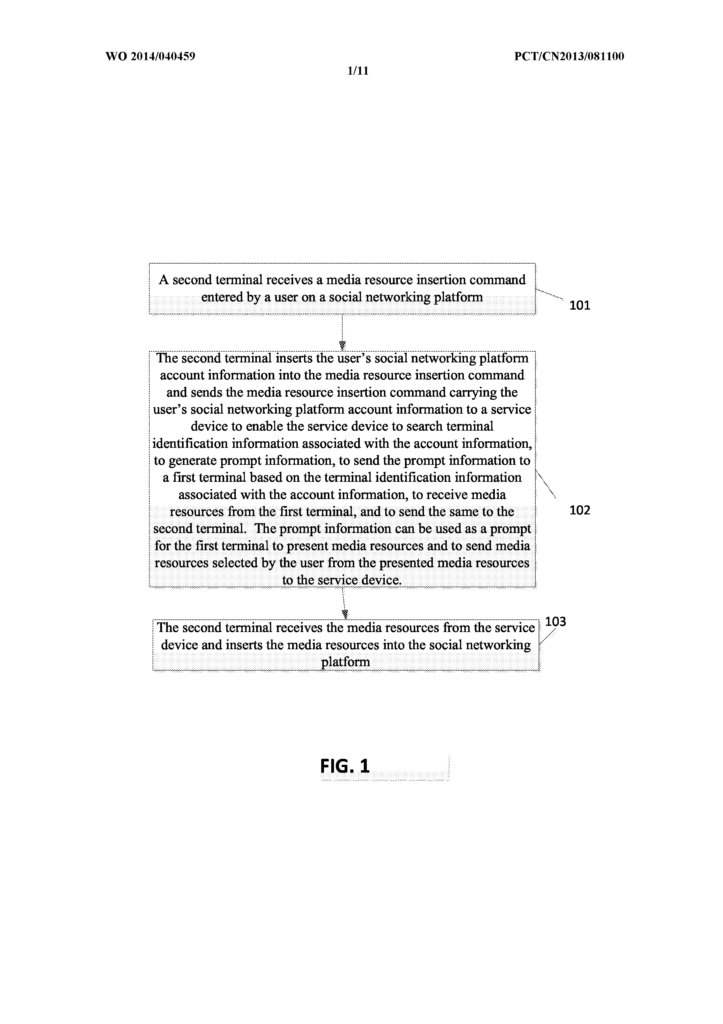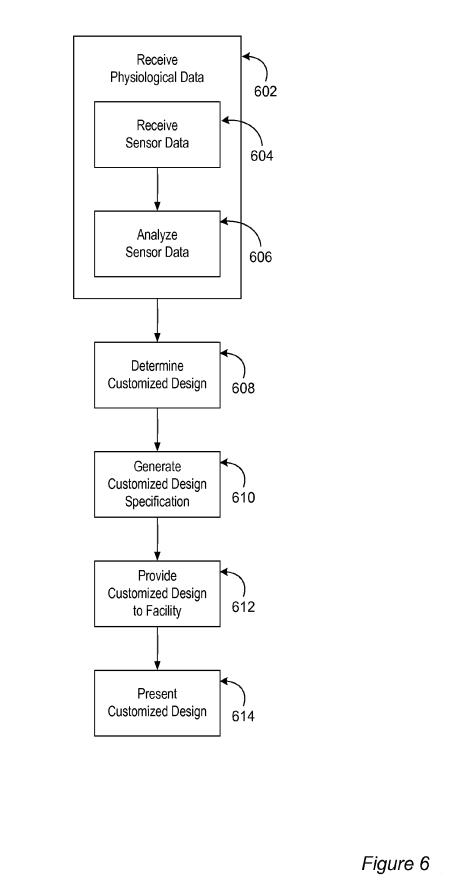The application underlying this decision relates to the transfer of content from a remote terminal to a local terminal. However, the European Patent Office refused to grant a patent since claim 1 mainly addresses the implementation of a convenient content transfer with respect to a non-technical terminal selection policy. Here are the practical takeaways of the decision T 1847/18 (Transferring content stored on remote terminals/TENCENT TECHNOLOGY) of February 8, 2022 of Technical Board of Appeal 3.5.01:
Key takeaways
The invention
The application underlying the present decision mainly concerns inter-terminal interaction to facilitate publishing of content to a social network. The invention addresses a situation in which the content is not stored on the currently used terminal (“second terminal” of claim 1). Accordingly, there is a need for efficiently transferring the required content from a specific group of terminals on which the content is stored to the currently used terminal for publishing the content. (cf. abstract and paras. [0004] and [0005] of the application). This problem is solved by using a server (“service device”) to access content from the specific group of terminals (terminals which have been used in the past to log into the user’s social network account). The server keeps a list of these terminals (“the service device memorizes the matchup between the account information and the terminals’ identification information”). Once a user wishes to publish content (“a media resource insertion command”), a request is transmitted to the server, which then determines based on the user’s social network account information the terminals to be accessed and selects one of them (“the first terminal”). The desired content is then transmitted from the first terminal to the second terminal and published.

Fig. 1 of WO 2014/040459A1
Here is how the invention is defined in claim 1 of the main request:
-
Claim 1 (Main Request)
Is it technical?
For assessing the inventive step, the Board in charge started from a conventional social network platform (as described in para. [0003] of the application), which thus discloses the first and fifth feature of claim 1. The remaining features of claim 1 were grouped by the Board as follows:
-
- Group A (second to fourth and sixth feature of claim 1) relates to the transferring of content from remote terminals to a local terminal.
- Group B (seventh to tenth feature of claim 1) relates to the selection of the remote terminals.
According to the Board, group A has the effect of enabling a convenient transfer of content, while group B including non-technical features relates to a policy for selecting terminals from which the user wishes to get content for publishing. The policy specifies that these terminals are selected, which have been used in the past to log into the user’s social network account.
While the appellant argued that said policy improves data security and integrity, the Board did not follow this argumentation as the selection of terminals depends entirely on the user’s past log in activities (i.e., the list of terminals includes the terminals on which the user has logged into in the past). This might be the phone of a friend, but also an anonymous internet terminal in an airport. Therefore, the Board concluded that the selection cannot be based on security considerations and thus cannot provide the mentioned technical effect. As a result, the features of group B relating to the policy are to be considered as non-technical.
The Board followed that the technical problem may thus only be based on the convenient transfer of content (group A), while, in addition, meeting the requirements of the non-technical policy (group B).
Based on that, the Board defined the objective technical problem as:
“enabling a convenient transfer of social network content from previously used remote terminals to a local terminal”.
However, the Board judged that the skilled person, starting from a conventional social networking platform in combination with D1, would have solved this problem without inventive effort. The Board argued as follows:
-
- D1 discloses a convenient way e.g. using a web browser interface, to select data on remote terminals and transfer the selected data to a local terminal.
- From this the skilled person would learn that data transfer can be realized using a server storing a list of remote terminals and authorization information such as user account data.
- Therefore, D1 anticipates all features of group A apart from the fact that the user account is the user’s social network account.
- However, latter is a direct consequence of the policy defined by the features of group B and can thus not contribute to the inventive step.
Therefore, the Board dismissed the appeal due to lack of inventive step.
More information
You can read the whole decision here: T 1847/18 (Transferring content stored on remote terminals/TENCENT TECHNOLOGY) of February 8, 2022

Max is a computer scientist and patent attorney trainee at BARDEHLE PAGENBERG. Due to his technical background, he specializes in prosecuting and litigating software patents, in particular algorithm based inventions.


